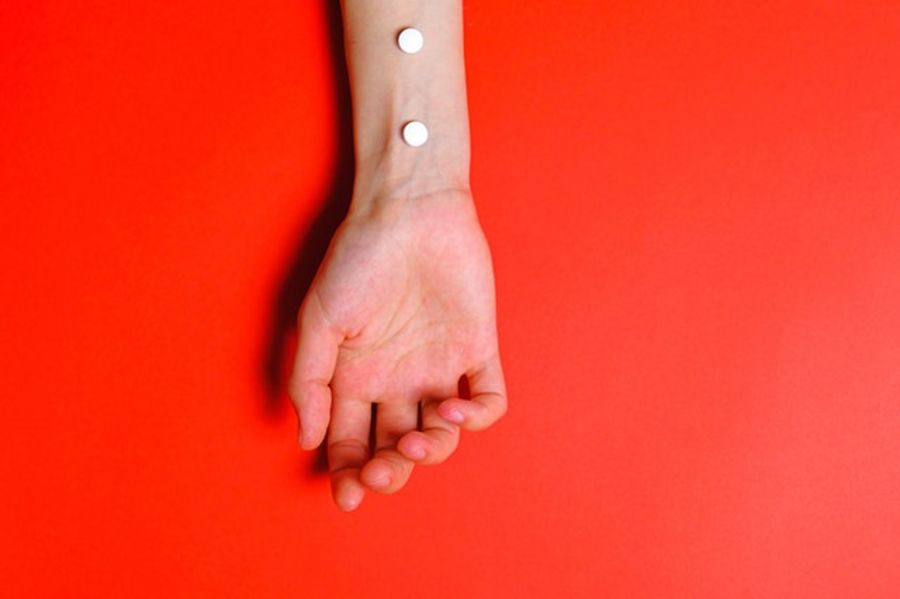
The new technique is six-fold efficient than the treatment involving the group of mice that did not receive the temporal pressure treatment.
The research team from the Agency for Science, Technology, and Research (A*STAR) and the Nanyang Technological University (NTU Singapore) has found a new way to deliver drugs through the skin. The new technology is inspired by traditional Chinese medicine therapy and has produced some impressive results in Singapore. The research has shown that how magnets can be used to pinch and apply temporal pressure to the skin of mice, which opens up new pathways to deliver drugs, such as insulin, safely and efficiently. The research was published in the Science Advances journal.
The researchers have also shown that the temporal pressure (through magnets) causes short term changes in the skin barrier and forms micropores, of around three micrometers, under the skin surface, which allows the drug to enter and diffuse through the skin more easily. According to Dr. Daniel Lio, the author of the research, the research was inspired by the traditional Chinese topical treatments where doctors rub and apply temporal pressure on muscle and skin tissue and apply a topical ointment. The researchers found that the new technique is six-fold efficient than the treatment involving the group of mice that did not receive the temporal pressure treatment.
Moreover, the number of drugs delivered was also compared to drugs delivered through microneedle patches, while micropores were found to disappear just one day later. Drug delivery without needles is known as transdermal drug delivery technique. According to the researchers, the new drug delivery method has been delivered masses around 40 times more extensively in comparison to the transdermal delivery techniques. Therefore, this new technique increases the possibility of advanced methods for the administration of insulin, which does not include skin-breaking needles, and allows the drug to enter the skin more easily. Moreover, according to the team, this new method is useful for those who have to inject drugs such as insulin daily.






